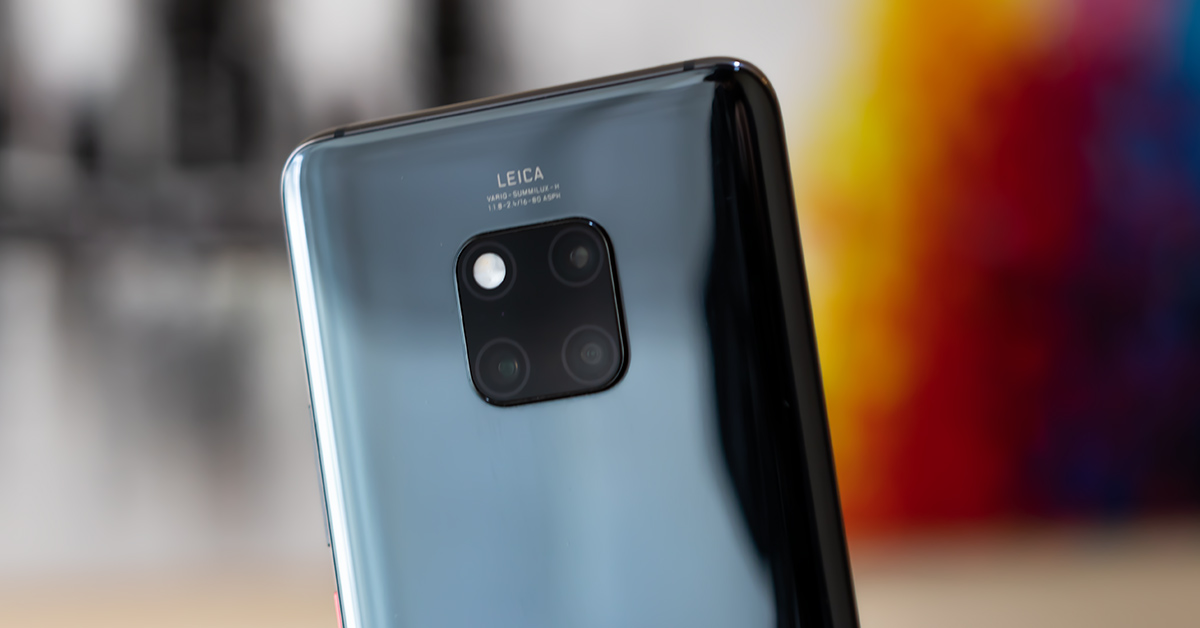
In 2017, we saw the bandwagon of dual lens setup in the smartphones, which encroached even the mid-range and budget smartphone. And in 2018, the feature grew even more mainstream. However, to stay ahead in the camera game, some smartphone brands pushed their limit little further. So we were able to see multiple lenses setup in various handsets.
Among all the smartphones launched in 2018, Huawei P20 Pro and Mate 20 Pro with triple rear cameras and Samsung Galaxy A9 2018 with quad rear cameras are the notable ones. And I got lucky to use all of the aforementioned smartphones. Among all of the devices mentioned, the Mate 20 Pro impressed me the most. In this article, I will be discussing various types of smartphone cameras lenses, how does each of the lens work, and the scenarios where they can be used. And since the Mate 20 Pro is one of the most capable shooters out there with the utmost versatility, I will take the image samples from the device to clarify my point. Now, let’s get started.
Wide angle lens
As the name implies, this type of lenses offers a wider field of view and these types of lenses see and capture images in a similar proportion to the human eye. The focal length for these types of lenses varies from 24mm – 35mm. And lower the number, the wider the field of view it offers.
This is the most prevalent type of lens when it comes to smartphones. Even, the smartphones with single camera setup make use of this type of lens. It is the most versatile type of lens and can be used to capture images in the composition with interiors, landscapes, architecture, and even in forest photography.
Ultra wide angle
Ultra-wide angle lenses stretch the field of view further. Increasing the field of view, these types of lenses allow photographers to accommodate more details of the subject in focus, which cannot be obtained through the normal or standard wide-angle lens.
The focal length for these types of lenses lies in the range of 8mm – 24mm. And just like the normal wide-angle lens, the field of view increases with a decrease in focal length. However, as the field of view increases, the captured images look distorted on the edges. Such type of images with distortion on the edges is known as a fish-eye effect or barrel distortion.
But by maintaining an optimum field of view, the photographers can obtain some intriguing panoramic shots, cityscapes, landscape, real estate, and abstract images.
The camera samples presented above were taken from the Mate 20 Pro. You can see that the device has stretched the field of view elegantly without any sort of distortion or noise in the images. While I reviewed the Galaxy A9 2018, the ultra-wide-angle shots had barrel distortion. Since there is no noticeable fisheye effect, I would like to call it the job well done.
Telephoto lens
Smartphones have the feature to zoom into the subject in focus. However, such zoomed images lose details. Such images lack sharpness and they look pixelated when printed in a paper.
Sometimes small creatures, some fancy artifacts or wild animals far away fascinate us and we get intrigued to capture them. In many cases, we may not be able to get closer to them to capture them vividly. And digital zooming doesn’t help in these scenarios. So these days, different brands are including an additional lens that helps in optical zooming with which the photographer can capture distant object in a way they are closer to him/her.
With the telephoto lens, users can capture images by zooming into the subject but without losing the details up to a fixed range. Samsung Galaxy Note 9 can perform lossless zooming up to 2x whereas the Mate 20 Pro can perform the similar action up to 3x. Zooming beyond that range, the camera performs digital zooming and the captured images start to lose details.
Optical Zoom vs Digital Zoom
In the case of DSLRs and digital cameras, the lens protrudes ahead increasing the focal length while zooming into the subject. And as discussed earlier, increasing the focal length decreases the field of view. When the field of view decreases, the subject looks zoomed in. However, smartphones don’t have such types of movable lens. So an additional lens is provided just for zooming in into the subject. And in such smartphones, when the user zooms into the subject, the lens with higher focal length comes into action and captures telephoto images. Telephoto lenses have a focal length of 50mm – 200mm.
Digital zoom, on the other hand, is not the game of the optics. When you digitally zoom into the subject, the smartphone crops only the portion you selected, enlarge it and fits into the same size of the original image. In this case, the captured images are packed with the magnified pixels. But since the pixel size of the camera lenses remains constant, the snapped photos lack sharpness (details) and looks pixelated.
The camera samples presented here is captured from the Mate 20 Pro. And as you can see, the zoomed in samples looks equally impressive as they pack a substantial amount of details. And since the subjects are zoomed in (telephoto zoom) up to 3x in the images, I didn’t have to go closer to the subject while composing the shots. The device also promises to capture up to 5x (from 3x to 5x there will be digital zooming) without any sort of loss in the image quality. Since the prime flagship smartphones like Samsung Galaxy Note 9 and iPhone XS Max can capture images with lossless zooming up to 2x, the capability of the Mate 20 Pro here is absolutely awe-inspiring.
Low light
When it comes to the low light scenarios, even some of the major players in the camera game have a bad reputation here. To improve their low light performance, some of the smartphones come with the sensor with a higher megapixel count, which performs pixel binning to get better images. For example, Xiaomi MI A2 with its 20MP secondary sensor performs 4-in-1 pixel binning for better low light images. Some of the smartphone cameras also take a number of images in the quick instant and merges all of them to provide great quality images.
Looking at the recent trend, some handsets tend decreases the shutter speed and capture long exposure shots for better images. Night mode feature on the Mate 20 Pro, Night sight feature on the Google Pixel 3/3XL, and Night Scape feature on the OnePlus 6/6T are the quick examples here. These features usually capture images keeping the shutter speed to 3-6s. And although these features may have the potential to produce some amazing images, a little shake of hand while capturing the images can ruin everything. In such cases, having a low light lens can come in handy.
Low light lenses can be basically understood as the lenses with a wider aperture. A lens with a wide aperture lets in more amount of light into the sensor so the images captured from such lenses looks bright. Also, such images lack noises and grains, which adds elegance to the images. Moreover, in the cameras with a wider aperture, software doesn’t have to make a move to increase the exposure, the quality of images from such smartphones tend to be consistent and the images also look natural at the same time.
The images showcased here are taken from the Mate 20 Pro in an extremely low light setting. The images here don’t contain any sort of noises and grains. So the capability of the Mate 20 Pro is equally impressive on low light scenarios as well.
And to perform well in the low light settings, the primary shooter here boasts a wide f/1.8 aperture to let in more light even on the dark surroundings. Furthermore, there is a Night mode, which decreases shutter speed to 6 seconds to capture images in extremely low light scenarios. And since there is AIS (Artificial Image Stabilization) to suppress the shakes and vibration while composing the shot, the captured images look stable and blur-free.
Moreover, the Mate 20 Pro flaunts a 40MP sensor, which has the sensor size of 1/1.7″. Since a larger sensor aids to a larger pixel size, the pixel tends to look sharp in such cases. The handset is also capable of performing 4-in-1 pixel binning, where four pixels merge into one. The resolution here reduces to 10MP nonetheless, the captured images look absolutely sharp. So with this setup, the smartphone is capable of capturing sharp and vivid pictures both in the ample light and low light settings.
Check out high-resolution samples here.







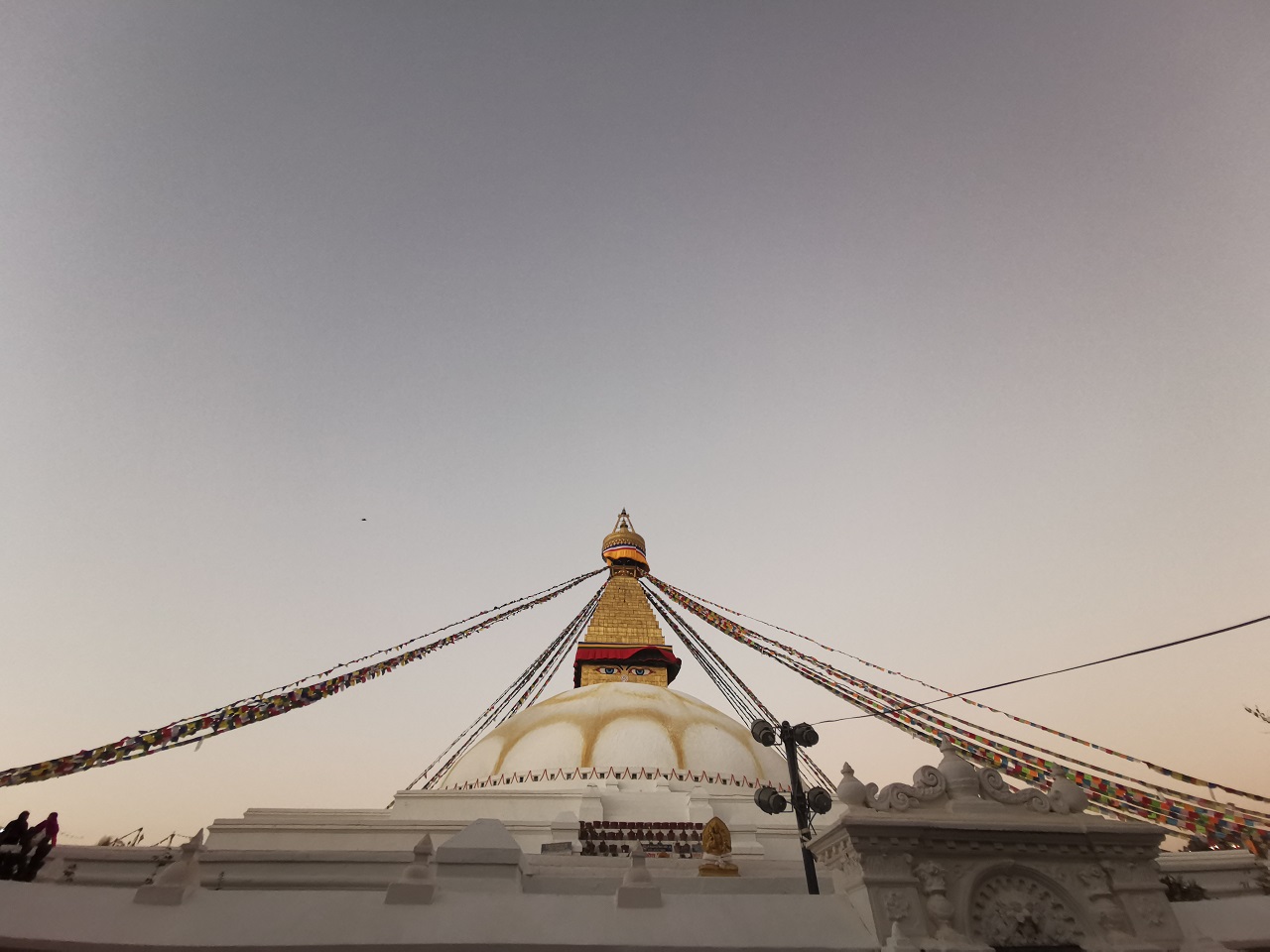


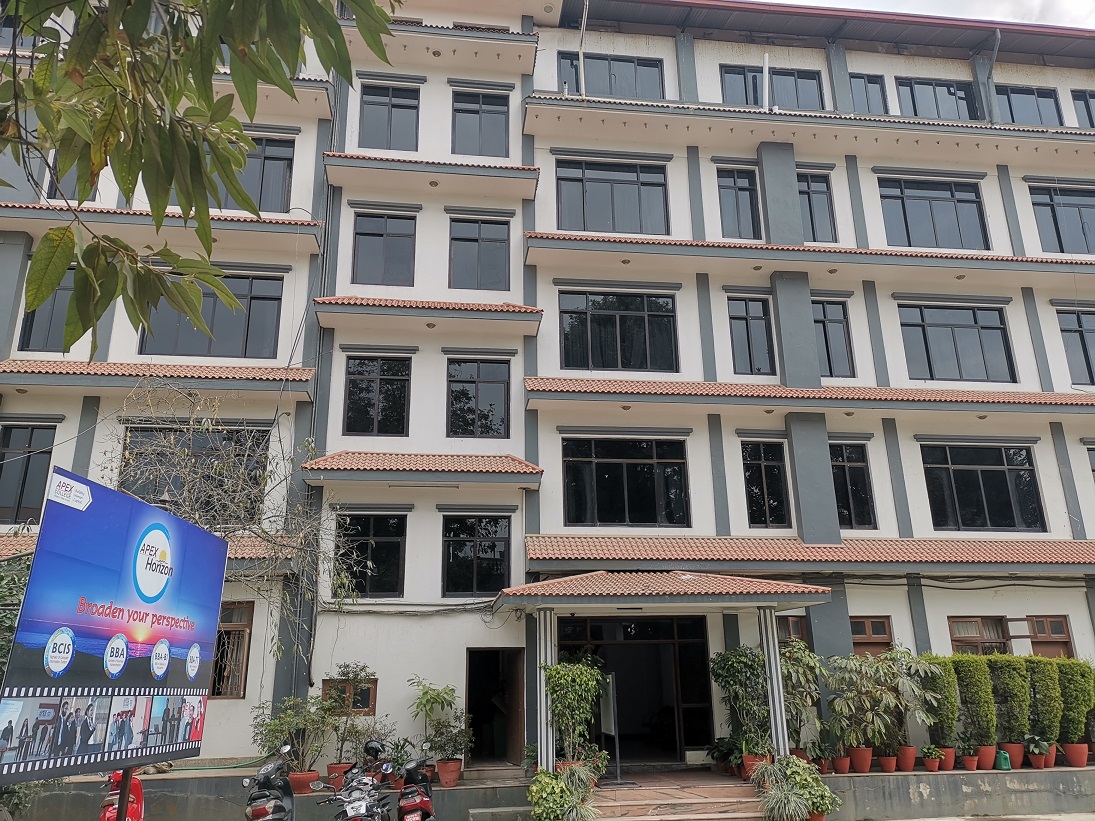

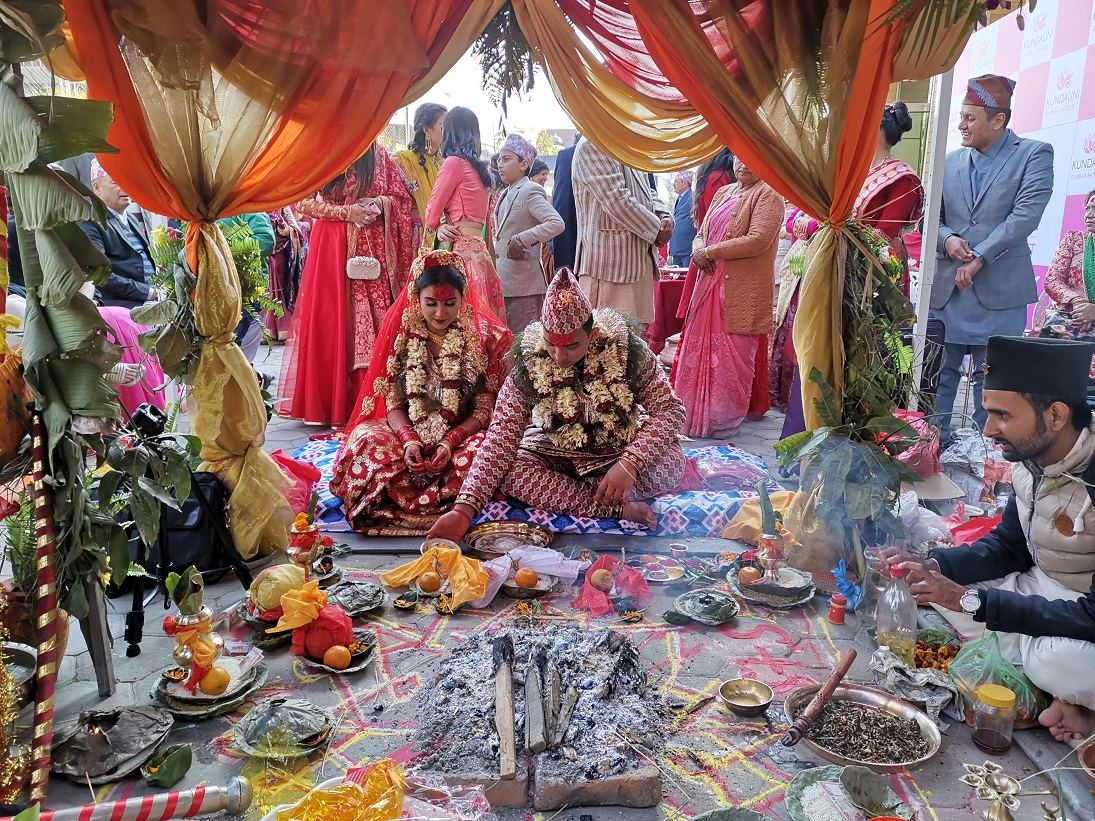


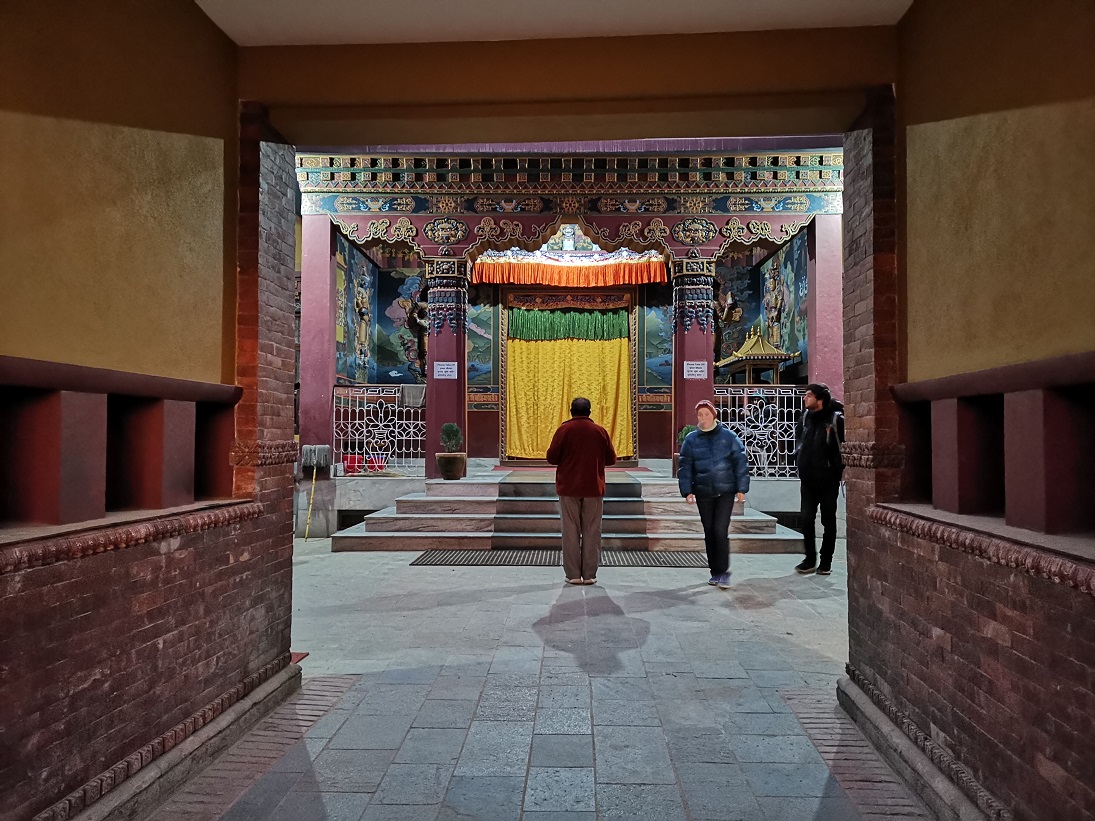
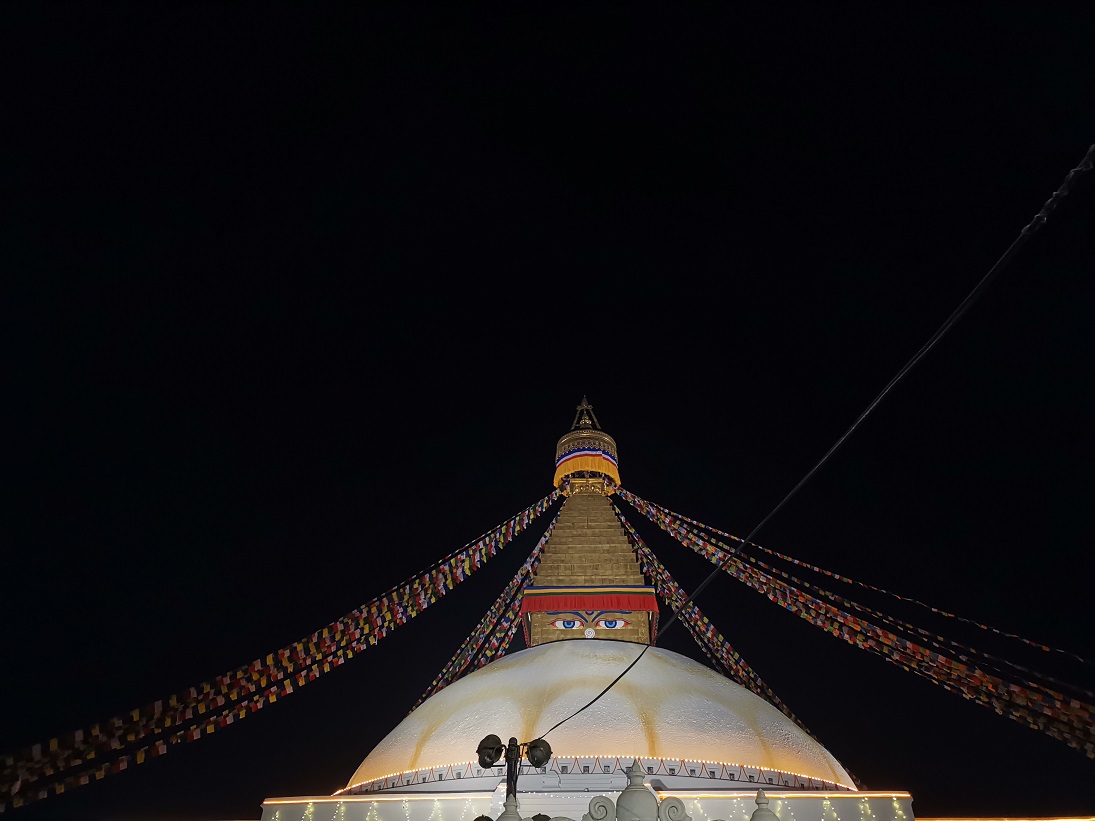


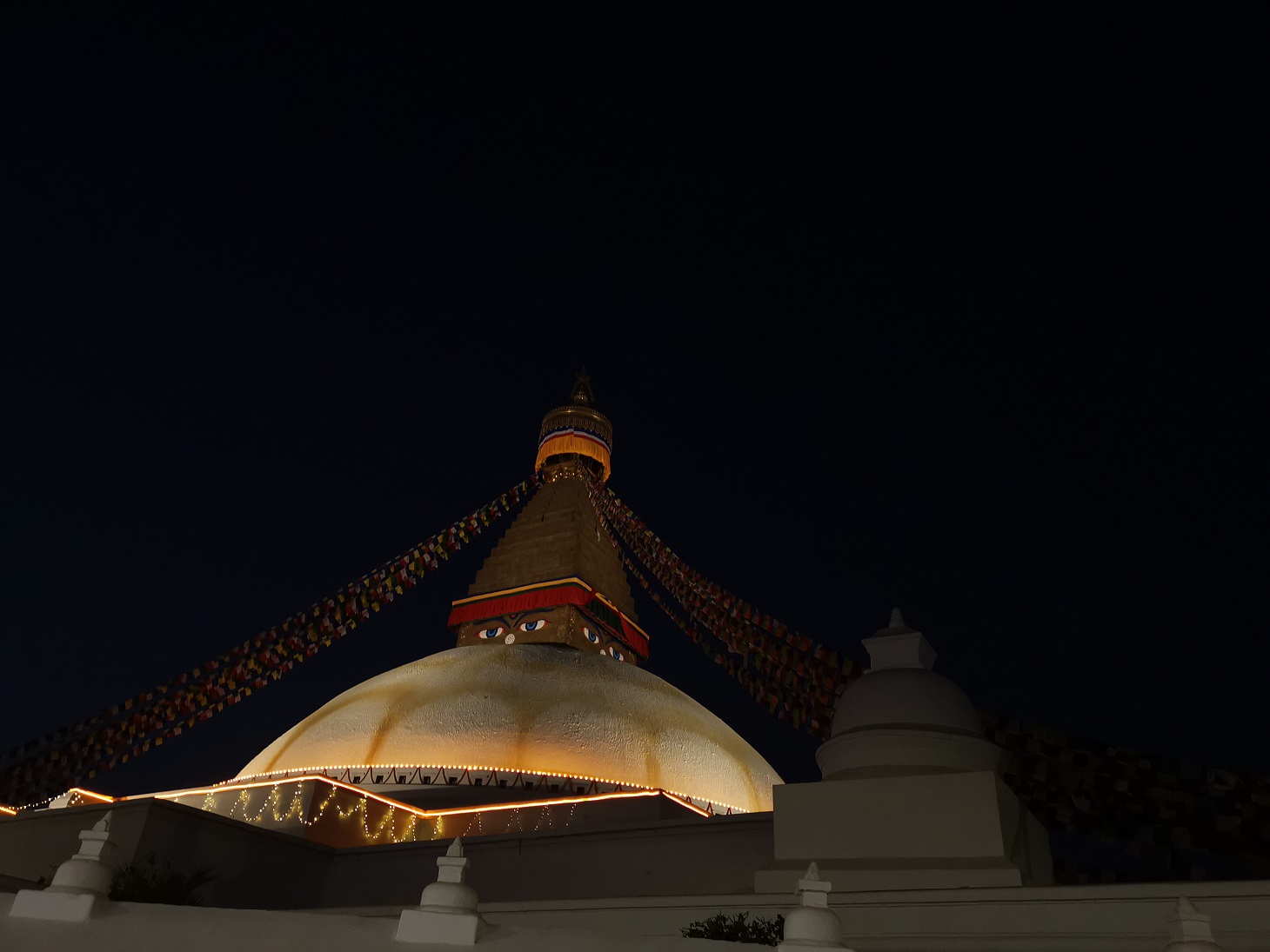
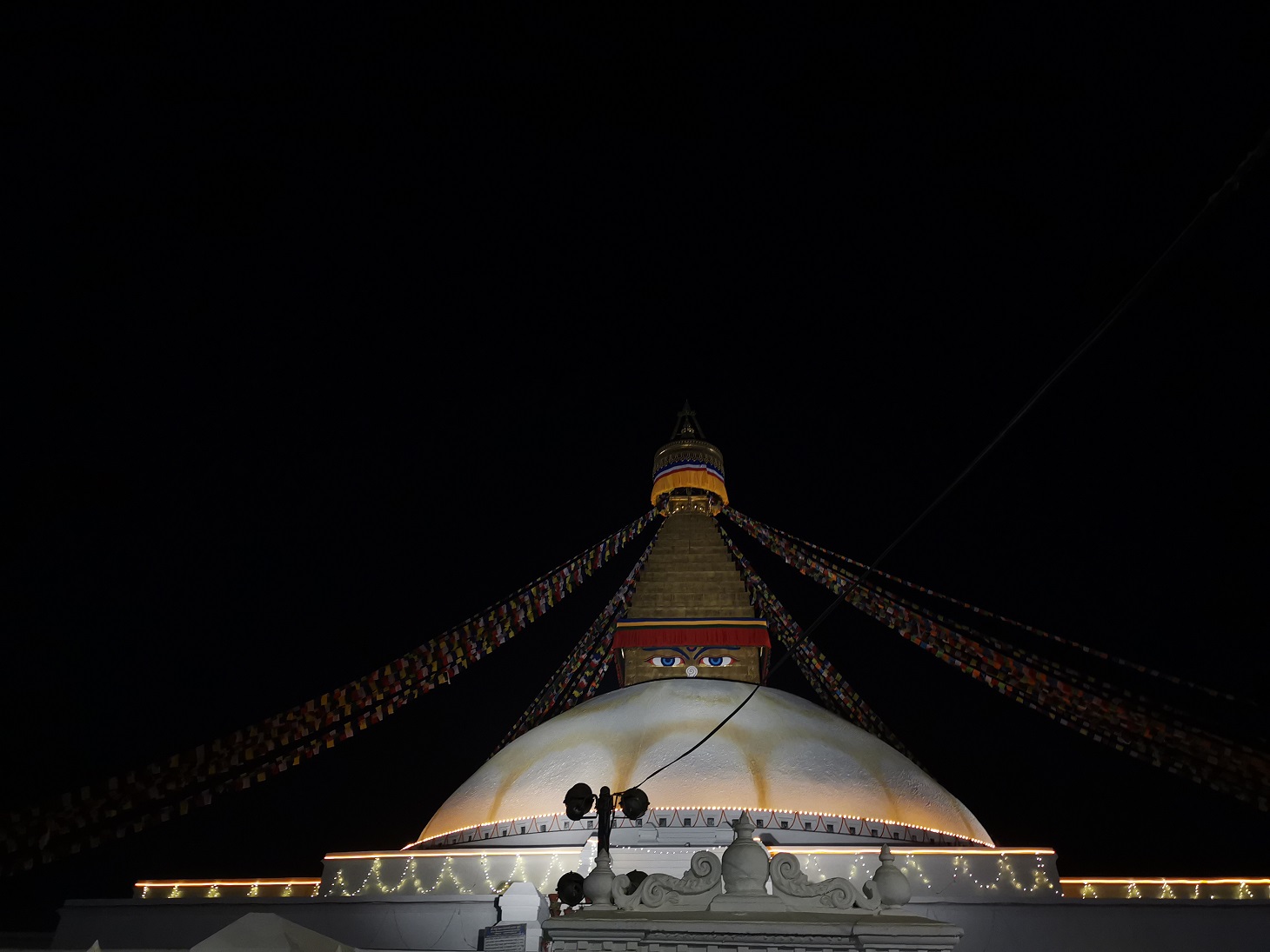

![Best Gaming Laptops in Nepal Under Rs. 250,000 (रु 2.5 Lakhs) [2025] Best Gaming Laptops Under 2.5 lakhs in Nepal [Feb 2025 Update]](https://cdn.gadgetbytenepal.com/wp-content/uploads/2025/02/Best-Gaming-Laptops-Under-2.5-lakhs-in-Nepal-Feb-2025-Update.jpg)
![Best Gaming Laptops in Nepal Under Rs. 120,000 (रु 1.2 Lakhs) [2025] Best Budget Gaming Laptops Under Rs 120000 in Nepal 2025 Update](https://cdn.gadgetbytenepal.com/wp-content/uploads/2025/05/Best-Budget-Gaming-Laptops-Under-Rs-120000-in-Nepal-2024-Update.jpg)
![Best Laptops Under Rs. 80,000 in Nepal [2025] Best Laptops Under 80,000 in Nepal March 2025 Update](https://cdn.gadgetbytenepal.com/wp-content/uploads/2025/03/Best-Laptops-Under-80000-in-Nepal-March-2025-Update.jpg)
![Best Laptops Under Rs. 70,000 in Nepal [2025] Best Laptops Under 70,000 in Nepal March 2025 Update](https://cdn.gadgetbytenepal.com/wp-content/uploads/2025/01/Best-Laptops-Under-70000-in-Nepal-March-2025-Update.jpg)
![Best Gaming Laptops in Nepal Under Rs. 200,000 (रु 2 Lakhs) [2025] Best gaming lapotp under 2 lakhs Nepal Feb 2025](https://cdn.gadgetbytenepal.com/wp-content/uploads/2025/01/Best-Gaming-Laptops-Under-2-Lakh-Nepal-Feb-2025-Update.jpg)
![Best Mobile Phones Under Rs. 15,000 in Nepal [Updated 2025] Best Phones Under 15000 in Nepal 2024 Budget Smartphones Cheap Affordable](https://cdn.gadgetbytenepal.com/wp-content/uploads/2024/03/Best-Phones-Under-15000-in-Nepal-2024.jpg)
![Best Mobile Phones Under Rs. 20,000 in Nepal [Updated] Best Mobile Phones Under NPR 20000 in Nepal 2023 Updated Samsung Xiaomi Redmi POCO Realme Narzo Benco](https://cdn.gadgetbytenepal.com/wp-content/uploads/2024/01/Best-Phones-Under-20000-in-Nepal-2024.jpg)
![Best Mobile Phones Under Rs. 30,000 in Nepal [Updated 2025] Best Phones Under 30000 in Nepal](https://cdn.gadgetbytenepal.com/wp-content/uploads/2025/01/Best-Phones-Under-30000-in-Nepal.jpg)
![Best Mobile Phones Under Rs. 40,000 in Nepal [Updated 2025] Best Phones Under 40000 in Nepal 2024 Smartphones Mobile Midrange](https://cdn.gadgetbytenepal.com/wp-content/uploads/2024/02/Best-Phones-Under-40000-in-Nepal-2024.jpg)
![Best Mobile Phones Under Rs. 50,000 in Nepal [Updated 2025] Best Phones Under 50000 in Nepal](https://cdn.gadgetbytenepal.com/wp-content/uploads/2025/01/Best-Phones-Under-50000-in-Nepal.jpg)
![Best Flagship Smartphones To Buy In Nepal [Updated] Best flagship phone 2025](https://cdn.gadgetbytenepal.com/wp-content/uploads/2024/07/Best-Flagship-Phones-who-is-it-ft-1.jpg)